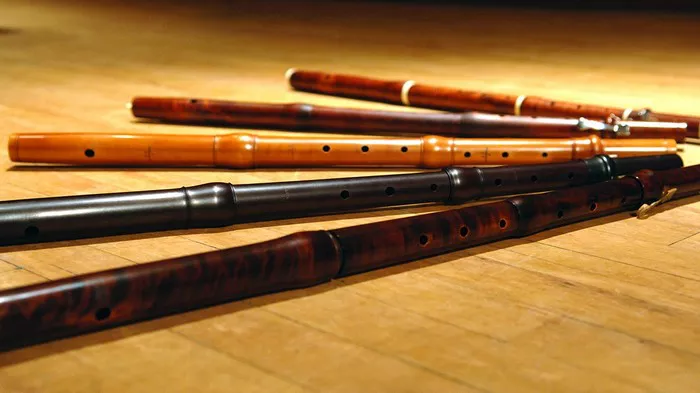The enchanting tones of a bamboo flute have captivated music enthusiasts for centuries, drawing individuals to explore the art of playing this ancient instrument. Aspiring musicians often wonder, is it hard to play the bamboo flute? In this article, we will unravel the nuances of bamboo flute playing, exploring the challenges and rewards that come with mastering this captivating instrument.
The Allure of the Bamboo Flute
Before delving into the intricacies of playing the bamboo flute, it’s crucial to appreciate the instrument’s allure. Crafted from bamboo, this flute boasts a unique, organic quality in its sound production. The hauntingly beautiful melodies it produces have made it a prominent instrument in various musical traditions, from traditional folk music to classical compositions.
Getting Acquainted with the Bamboo Flute
One of the first challenges aspiring bamboo flute players encounter is the initial acquaintance with the instrument. Unlike some other wind instruments, the bamboo flute does not have keys or buttons. Instead, players rely on finger placement and breath control to produce different pitches and tones. This tactile approach requires a level of manual dexterity and finger strength that may take time for beginners to develop.
Embarking on Breath Control
A fundamental aspect of bamboo flute playing is mastering breath control. The player’s breath serves as the engine that propels the sound through the flute. Achieving a balance between proper breath support and controlling the airstream can be challenging for beginners. Developing the stamina to sustain notes and control dynamics requires practice and a mindful approach to breathing techniques.
Understanding Embouchure
Embouchure, the technique of forming and controlling the mouth to produce specific sounds, is another crucial aspect of bamboo flute playing. Achieving a clear and resonant tone involves finding the right balance between lip tension, airspeed, and angle of airflow. While this may sound intricate, it is a skill that can be honed with consistent practice and guidance from experienced players or instructors.
Navigating Pitch and Scales
The bamboo flute, like many traditional instruments, is often played in specific scales and modes. Learning to navigate these scales and produce accurate pitches requires a keen ear and dedication to practice. While the absence of keys simplifies the physical aspect of playing, it places a higher demand on the player’s ability to hear and reproduce precise pitches.
Cultural Nuances and Expressiveness
Beyond the technical challenges, playing the bamboo flute often involves delving into cultural nuances and the expressive aspects of the instrument. Different musical traditions may have specific ornamentations, articulations, and stylistic elements that add depth and character to the music. Understanding and incorporating these nuances contribute to the authenticity and beauty of the performance but may require additional study and exposure to the specific cultural context.
Benefits of Playing the Bamboo Flute
While the bamboo flute presents its share of challenges, the rewards of mastering this instrument are immeasurable. Playing the bamboo flute offers numerous physical, mental, and emotional benefits. The focus required for breath control and finger placement promotes mindfulness, concentration, and discipline. The meditative qualities of playing can also serve as a stress-relieving and therapeutic activity.
Overcoming Challenges through Practice
Like any musical instrument, proficiency in playing the bamboo flute comes with consistent and dedicated practice. While certain aspects may initially seem challenging, the gradual progress and improvement achieved through regular practice can be deeply gratifying. Patience and persistence are key virtues for any aspiring bamboo flute player.
Seeking Guidance and Resources
For those embarking on their bamboo flute journey, seeking guidance from experienced players or instructors can significantly expedite the learning process. Personalized feedback on technique, breath control, and musical expression can be invaluable. Additionally, there are a plethora of online resources, tutorials, and instructional materials that cater to players at various skill levels.
See Also: Which scale bamboo flute is best for beginners: A Full Guide
Conclusion
In conclusion, playing the bamboo flute presents a set of challenges that may seem daunting to beginners. However, the unique beauty of this instrument, coupled with the rich cultural heritage it carries, makes the journey worthwhile. With dedication, practice, and a willingness to embrace both the technical and expressive aspects, aspiring bamboo flute players can unlock the enchanting world of this ancient and soulful instrument.


